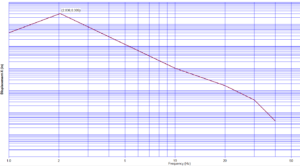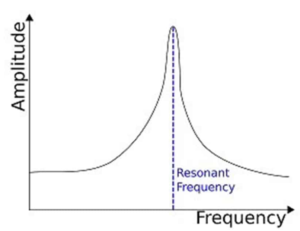Every structure has its own unique natural frequency exhibited while disturbed by some external dynamic force. The external dynamic force can be harmonic or non-harmonic. If that forcing function is harmonic with the exciting frequency and close to the natural frequency of the structure, a resonance-like event could arise, which is catastrophic and undesirable for the overall structural performance.
This type of harmonic excitation is exhibited mostly by the rotating machine. Say for example, a rotating machine is sitting on the foundation structure, then the designer needs to ensure that the resonance event is properly captured in the analysis, and this dynamic amplification is taken care of in the foundation design.
In this type of situation, the harmonic excitation leads to the steady state problem where the transient part is discarded.
However, in reality, the machine foundation is subjected to the variable range of the operating frequency. When the machine starts with zero frequency until it attains the maximum speed with highest frequency, the foundation experiences the spectrum of input frequencies. The interest of the engineer is to capture the moment the resonance can be expected, hence the steady state analysis for the variable frequency is required.
The video content describes the procedure to perform the steady state analysis for the variable input frequency.


